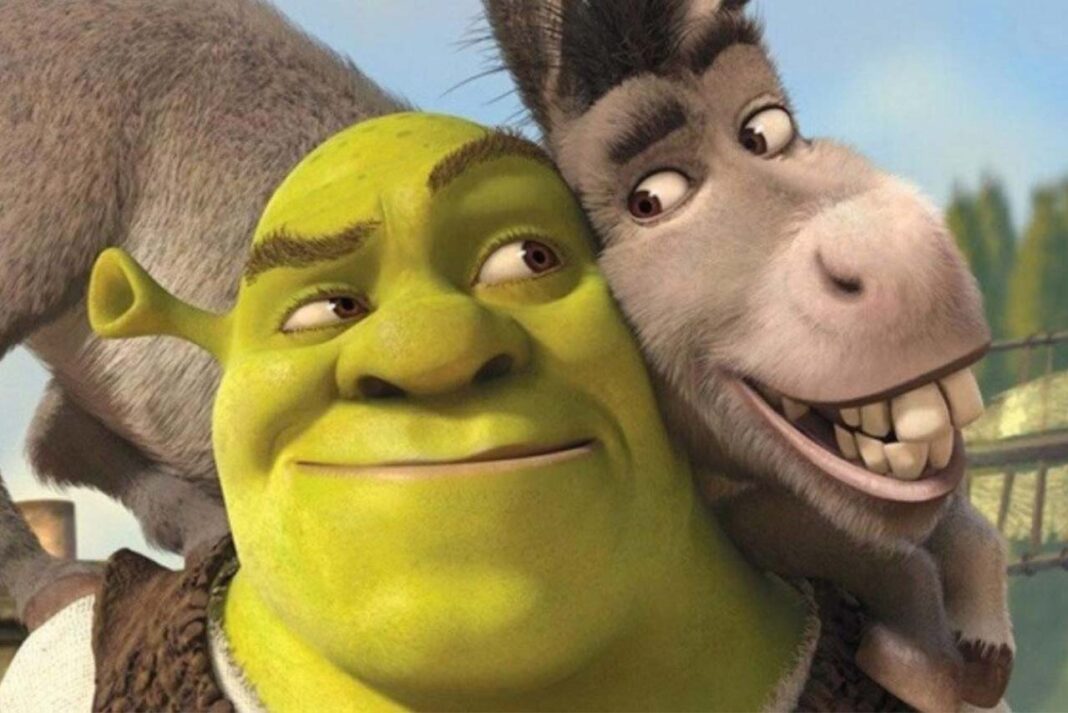In the opening scenes of Shrek (2001), the audience is welcomed into a familiar fairy-tale world: beauty is equated with goodness, while ugliness is associated with evil. Yet this narrative is quickly overturned: Shrek, an ogre who does not fit traditional beauty ideals, becomes the hero of the story. This reversal invites us to reflect: What truly makes someone lovable and worthy of respect?
From a very young age, children begin to internalize the cultural scripts of beauty around them. Research shows that even preschoolers pay more attention to faces considered “attractive” by societal standards (Langlois et al., 2000). This tendency is not innate but learned over time through repeated cultural messages, stories, media, and social interactions. Princess Fiona, locked in a tower while awaiting the day she can reveal her “true beauty,” symbolizes this tension. Her nightly transformation into an ogre reflects a duality familiar to many: the pressure to maintain a socially approved appearance while hiding the parts of the self deemed unacceptable. Fiona’s ultimate decision to embrace her ogre form becomes liberating—rejecting the exhausting struggle to conform. This leaves us with a pressing question: If true love allows us to be our authentic selves, why has society sanctioned only one version of beauty as acceptable?
The Social Psychology of Beauty
Albert Bandura’s (1977) social learning theory helps explain this process. Children learn the social value of appearance when they observe “beautiful” characters being rewarded while “ugly” ones are excluded. Shrek, the ridiculed and rejected figure, shows us how such prejudice can foster shame, withdrawal, and defensive anger.
From another psychological lens, Erikson’s (1950) psychosocial theory defines adolescence as a period of conflict between “identity and role confusion.” While Fiona is not literally an adolescent, her duality mirrors this struggle. Princess by day, ogre by night, she grapples with integrating two conflicting self-images into one coherent identity. Her acceptance of her ogre form represents what psychology calls self-acceptance—the integration of perceived flaws into the whole self.
For children and adolescents, this journey is not easy. Negative comments about weight, skin color, or body shape can damage self-concept. Yet Shrek’s story provides a vital counter-narrative: love and belonging are not tied to physical beauty.
The Role of Parents in Body Image Development
Although culture exerts a powerful influence, parents play a critical role in shaping how children interpret these messages. Studies show that parental comments about body image strongly affect children’s self-esteem (Smolak, 2004). Overemphasis on appearance can foster a conditional sense of worth.
In contrast, comments such as “You are so kind” or “I love your creativity” shift the focus from appearance to intrinsic qualities. In Shrek’s world, Donkey fulfills this role—valuing Shrek not for his looks but for his loyalty and humor. For children, even a single figure who notices and affirms their inner qualities can provide resilience against social pressures.
By rejecting the equation of beauty with goodness, Shrek challenges parents to reconsider how they talk to children about appearance. In a digital age dominated by filters, social media, and constant comparisons, this questioning is more critical than ever.
Practical Steps for Parents
-
Name the pressure: Talk openly with children about how films, ads, or social media promote unrealistic standards.
-
Be a role model: Children closely observe how adults talk about their own bodies. Use neutral or compassionate language rather than self-criticism.
-
Broaden the narrative: Expose children to books, films, and experiences that celebrate diverse forms of beauty. Like Fiona’s acceptance of her ogre self, help them see difference as valuable.
-
Honor non-appearance qualities: Place empathy, effort, and creativity at the center of self-worth.
These small practices form the foundation of what Daniel Stern (1985) described as affective attunement: the child learns to regulate their inner world through feedback from the parent. When a parent responds with compassion to a child’s worries about appearance, the child not only finds comfort but also learns to develop a gentler, more flexible view of themselves.
The Psychology of Beauty and Authenticity
Shrek reminds us that beauty perceptions are not just an innocent backdrop; they are powerful messages shaping how children see themselves and others. The swamp is more than Shrek’s home—it becomes a metaphor for a world where value is not dictated by appearance but by authenticity. True love and acceptance come not from fitting into societal ideals but from embracing oneself fully.
The message for families is clear: helping a child feel “enough” as they are lays the foundation for resilience, empathy, and lasting self-confidence. While cultural messages cannot be silenced completely, a parent’s counter-voice is often enough.
As Shrek famously says: “Ogres are like onions—they have layers.” So do people. Some layers are visible, others hidden. When children learn that every layer is worthy of love, they grow into adults who can see beyond appearances. And perhaps, that is the real happily ever after.
References
Bandura, A. (1977). Social Learning Theory. Prentice Hall.
Erikson, E. H. (1950). Childhood and Society. W. W. Norton & Company.
Langlois, J. H., et al. (2000). Maxims or Myths of Beauty? A meta-analytic and theoretical review. Psychological Bulletin, 126(3), 390–423.
Smolak, L. (2004). Body image in children and adolescents: Where do we go from here? Body Image, 1(1), 15–28.
Stern, D. N. (1985). The Interpersonal World of the Infant. Basic Books.


